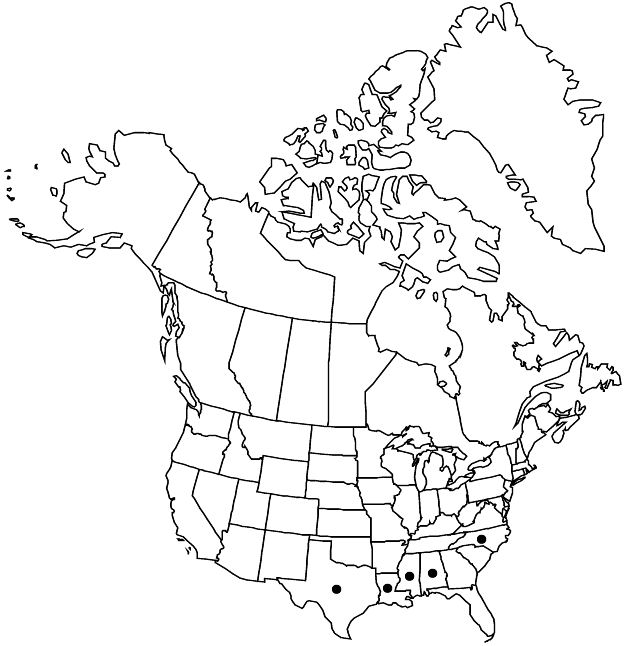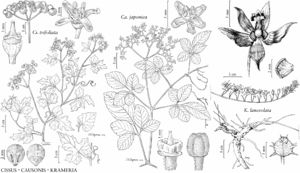Difference between revisions of "Causonis japonica"
Sylva Tellur., 87. 1838.
FNA>Volume Importer |
FNA>Volume Importer |
||
| Line 15: | Line 15: | ||
|label=Selected by author to be illustrated | |label=Selected by author to be illustrated | ||
}} | }} | ||
| − | |basionyms={{Treatment/ID/ | + | |basionyms={{Treatment/ID/Basionym |
|name=Vitis japonica | |name=Vitis japonica | ||
|authority=Thunberg in J. A. Murray | |authority=Thunberg in J. A. Murray | ||
| + | |publication_title=Syst. Veg. ed.,Fl. Jap. | ||
| + | |publication_place=14, 244. 1784,104. 1784 | ||
}} | }} | ||
|synonyms={{Treatment/ID/Synonym | |synonyms={{Treatment/ID/Synonym | ||
| Line 68: | Line 70: | ||
|publication year=1838 | |publication year=1838 | ||
|special status=Introduced;Selected by author to be illustrated | |special status=Introduced;Selected by author to be illustrated | ||
| − | |source xml=https://jpend@bitbucket.org/aafc-mbb/fna-data-curation.git/src/ | + | |source xml=https://jpend@bitbucket.org/aafc-mbb/fna-data-curation.git/src/f6b125a955440c0872999024f038d74684f65921/coarse_grained_fna_xml/V12/V12_466.xml |
|genus=Causonis | |genus=Causonis | ||
|species=Causonis japonica | |species=Causonis japonica | ||
Revision as of 18:18, 24 September 2019
Branchlets usually purplish. Leaves: petiole slightly shorter to ± equaling blade; blade triangular-ovate in outline; leaflets (3–)5, lateral short-petiolulate, terminal long-petiolulate, leaflets narrowly ovate to oblong, 1–14.5 × 0.5–4.5 cm, terminal larger than lateral, base cuneate to rounded, margins crenate to crenate-serrate, apex usually acute or short-acuminate, sometimes obtuse to rounded, surfaces glabrous or abaxial puberulent. Flowers green to yellowish green. Berries globose, 8–12 mm diam. 2n = 40, 60.
Phenology: Flowering late May–Jun; fruiting Aug–Sep.
Habitat: Forest edges and openings, pastures, waste areas.
Elevation: 0–300 m.
Distribution

Ala., La., Miss., N.C., Tex., e, se Asia, Australia.
Discussion
Causonis japonica was first reported naturalized in Louisiana in the 1960s (L. H. Shinners 1964). It has since escaped from cultivation elsewhere and become naturalized in scattered places in the southeastern United States.
Selected References
None.
